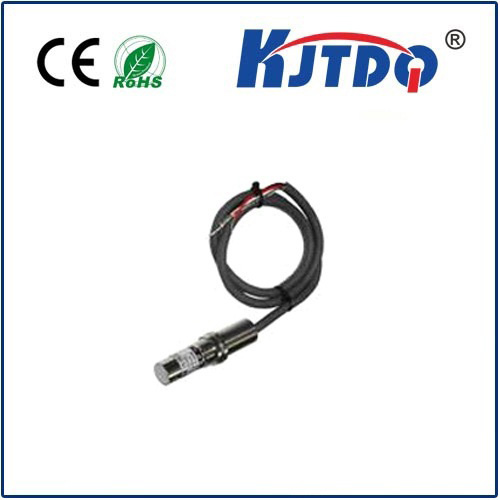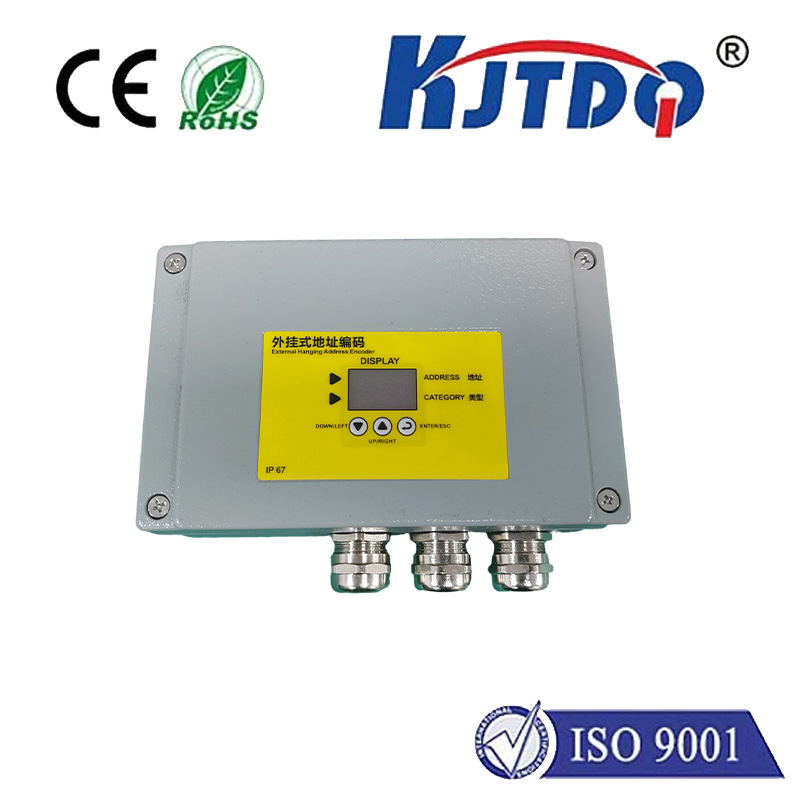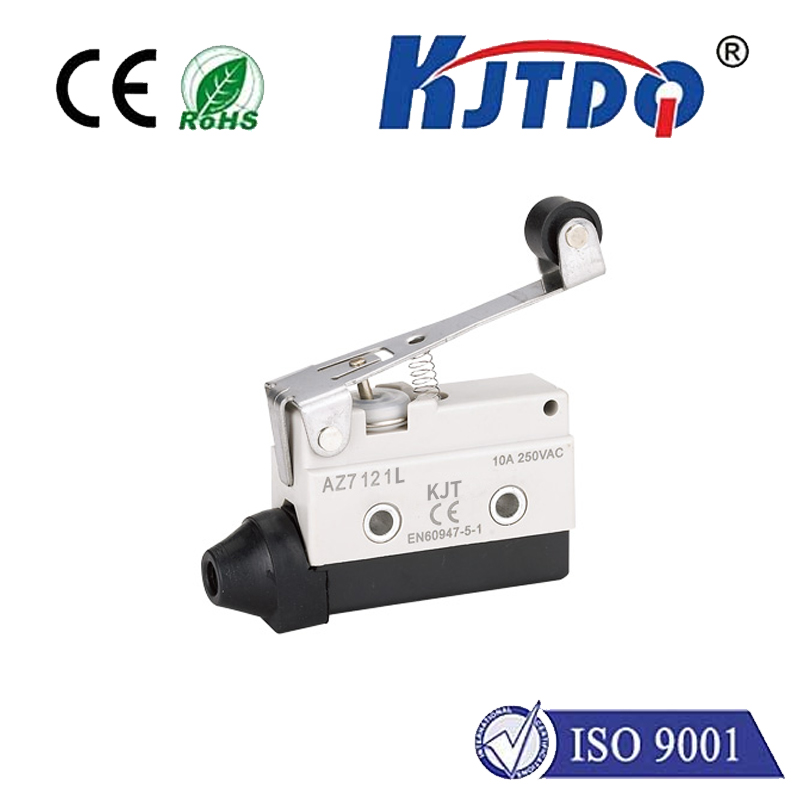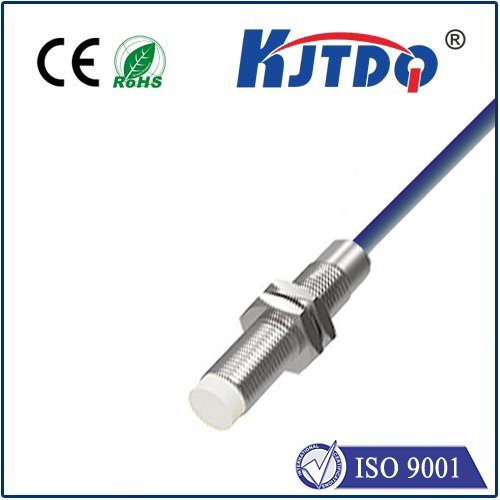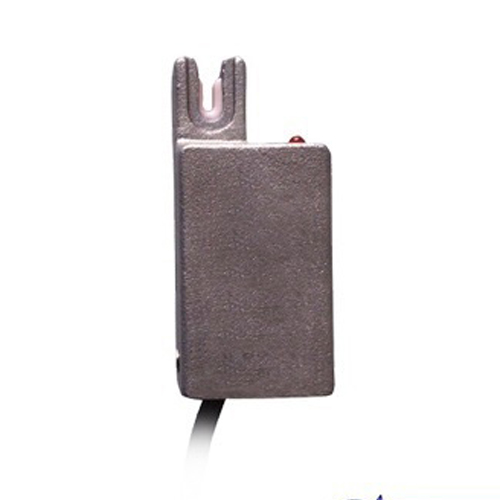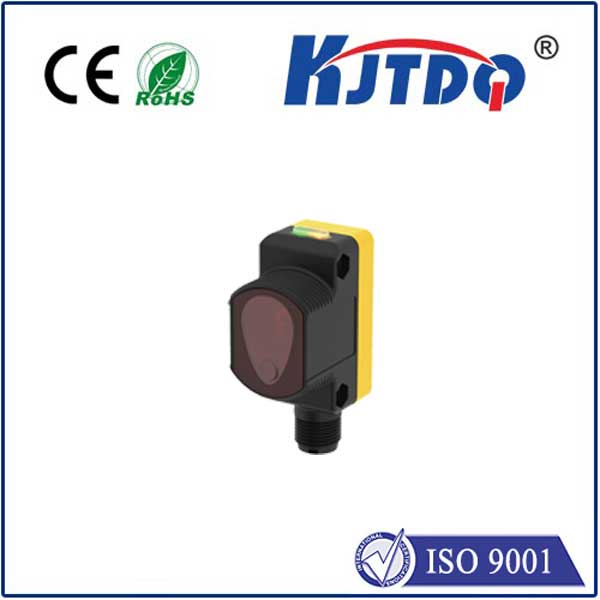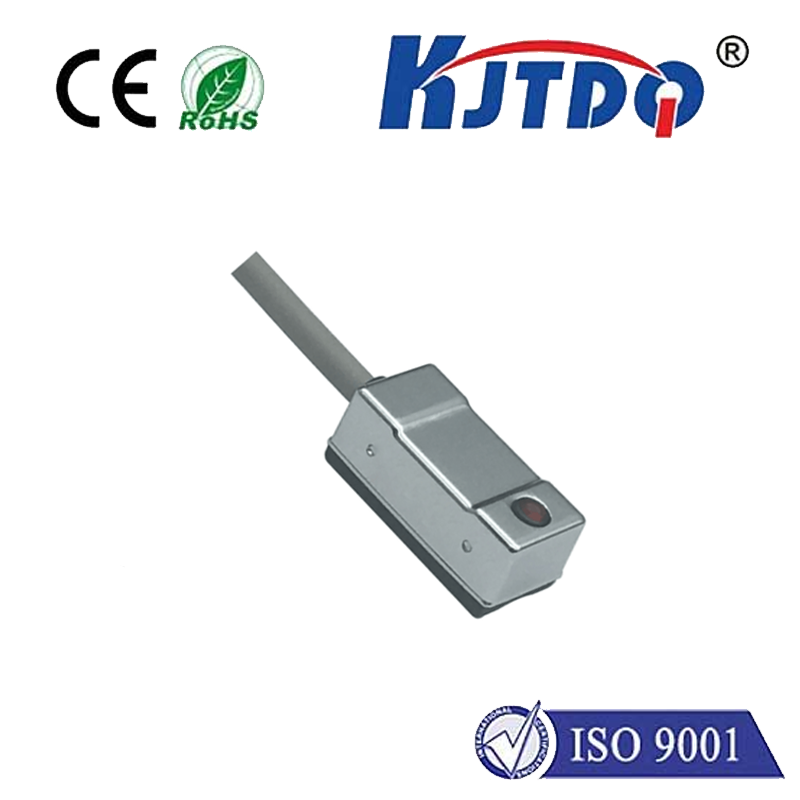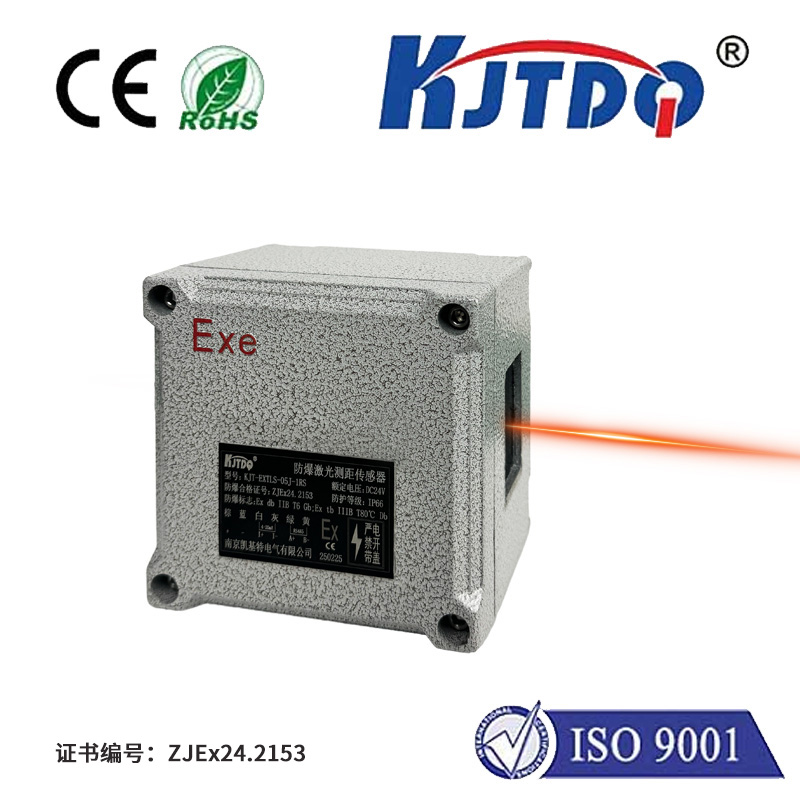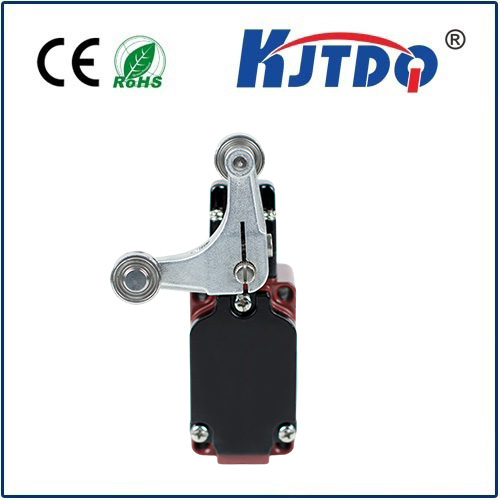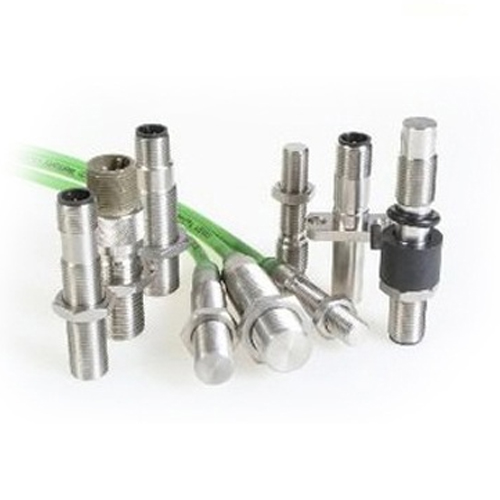tof proximity sensor
- time:2025-06-26 03:39:43
- Click:0
Unlocking Precision: How Time-of-Flight (ToF) Proximity Sensors Are Revolutionizing Detection
Imagine effortlessly gauging the distance to an object just by looking. Your brain calculates it instantly. But for machines, replicating this fundamental spatial awareness requires sophisticated technology. Enter the Time-of-Flight (ToF) proximity sensor – a remarkable solution transforming how devices perceive and interact with their surroundings with unprecedented accuracy and reliability. Moving beyond simple presence detection, ToF sensors provide precise distance measurement, enabling smarter, safer, and more intuitive interactions across countless applications.
The Core Principle: Measuring Light’s Journey
At the heart of a ToF proximity sensor lies a beautifully simple yet powerful concept: measure the time it takes for light to travel. Here’s how it works:
- Light Emission: An integrated emitter, typically an infrared VCSEL (Vertical-Cavity Surface-Emitting Laser) or LED, sends out a controlled pulse or modulated wave of near-infrared light, invisible to the human eye.
- Target Reflection: This light pulse travels through the air and strikes an object within the sensor’s field of view.
- Echo Detection: A portion of the light reflects back towards the sensor, where a highly sensitive photodetector (like an SPAD - Single-Photon Avalanche Diode array or a specialized CMOS sensor) awaits.
- Time Calculation: Sophisticated onboard electronics measure the exact time difference (Δt) between the emission of the original light pulse and the reception of its reflected echo.
- Distance Determination: Since the speed of light © is a known constant (approximately 3 x 10^8 m/s), the distance (d) to the object is calculated using the fundamental formula:
d = (c * Δt) / 2
The division by 2 accounts for the light traveling to the object and back.
This direct measurement of the time-of-flight is what sets ToF sensors apart, providing absolute distance data rather than just relative proximity or intensity-based estimates.
Why Choose ToF Proximity Sensors? Unveiling the Advantages

The unique operating principle of ToF technology bestows several compelling advantages over traditional infrared (IR), ultrasonic, or capacitive proximity sensors:
- High Accuracy & Precision: ToF sensors deliver exceptional distance measurement accuracy, often down to millimeter levels even over several meters, making them ideal for applications demanding fine spatial awareness.
- True Distance Measurement: Unlike simple IR sensors that primarily detect presence/absence based on reflected intensity (which can be heavily influenced by object color or reflectivity), ToF provides direct, quantitative distance values. This is crucial for applications like robotics navigation or gesture control.
- Consistency Across Surfaces: ToF measurements are generally less susceptible to variations in object color, texture, or material compared to intensity-based sensors. A black matte object and a white glossy object at the same distance yield much more consistent readings.
- Non-Contact Sensing: Like other optical methods, ToF enables non-contact detection, perfect for sterile environments, delicate objects, or scenarios where physical contact is undesirable.
- Fast Response Time: Measuring the time of flight happens incredibly quickly, enabling rapid detection and response, essential for real-time applications like collision avoidance.
- Integration Potential: Modern ToF sensors are highly integrated, combining the emitter, detector, optics, and processing electronics into compact modules. Many also offer digital interfaces (like I2C or SPI), simplifying integration into existing systems.
- Robustness in Ambient Light: Advanced ToF sensors incorporate techniques to filter out ambient light interference, ensuring reliable operation in varying lighting conditions.
Where ToF Proximity Sensors Shine: Key Applications
The blend of accuracy, speed, and non-contact operation makes ToF proximity sensors invaluable across diverse sectors:
- Consumer Electronics:
- Smartphones & Tablets: Enabling features like automatic screen dimming during calls, preventing accidental touches (pocket detection), and powering innovative gesture control. ToF sensors are also crucial for camera autofocus and creating depth maps for portrait mode photography and AR effects. Their slim profile allows for placement under the display.
- Laptops & Monitors: Power management through user presence detection (dimming screens when the user walks away) and wake-on-approach.
- Robotic Vacuums: Essential for room mapping, obstacle avoidance, cliff detection (preventing falls down stairs), and accurate docking.
- Industrial Automation & Robotics:
- Object Detection & Positioning: Precisely locating objects on conveyors, verifying pallet heights, or guiding robotic arms for pick-and-place operations.
- Collision Avoidance: Safeguarding personnel by detecting presence near dangerous machinery or enabling collaborative robots (cobots) to sense and react to human proximity.
- Level Monitoring: Contactless measurement of material levels in tanks or silos.
- AGV/AMR Navigation: Autonomous Guided Vehicles and Mobile Robots rely heavily on ToF sensors for accurate localization, obstacle detection, and safe navigation in dynamic warehouse environments.
- Automotive:
- In-Cabin Sensing: Monitoring driver alertness (drowsiness detection), occupancy detection for airbag deployment, gesture control for infotainment systems, and child presence detection.
- Proximity Detection: Safeguarding power-operated doors, trunks, and charging ports by detecting obstacles during closing/opening cycles.
- Parking Assistance: Providing precise distance measurements to surrounding objects during low-speed maneuvers.
- Building Automation & Security:
- People Counting: Accurately tracking occupancy for energy management (HVAC, lighting) and space utilization analytics.
- Automatic Doors & Lighting: Triggering activation only when a person approaches directly, improving efficiency and hygiene.
- Intrusion Detection: Enhancing perimeter security systems.
Beyond Proximity: The Power of Depth Perception
While the term “proximity sensor” highlights nearness detection, the capabilities of ToF technology often extend further. Many ToF modules don’t just measure the distance to a single point; they can effectively create a depth map of a scene. By using an array of pixels on the sensor, each measuring its own time of flight, these systems build a 3D representation of the environment. This depth perception enables far more sophisticated applications like gesture recognition interpreting complex hand movements, advanced object scanning, and enhanced augmented reality experiences.
The Future Beckons: Innovation in ToF Sensing
The evolution of ToF proximity sensors continues rapidly. We’re seeing:
- Miniaturization: Even smaller modules enabling integration into wearables, IoT devices, and medical equipment.
- Increased Resolution & Range: Higher pixel counts and more powerful emitters allowing for detailed depth maps over greater distances.
- Lower Power Consumption: Critical for battery-powered devices.
- Enhanced Computational Capabilities: More on-chip processing for smarter scene interpretation and reduced host processor load.
- Multi-Sensor Fusion: Combining ToF data with inputs from cameras, IMUs, or other sensors for richer environmental understanding.
Embracing the Shift
From making our smartphones smarter to enabling the safe deployment of collaborative robots and paving the way for intuitive human-machine interfaces, Time-of-Flight proximity sensors are fundamentally altering the technological landscape. By providing fast, accurate, and reliable distance measurement unaffected by challenging surface properties, they offer a vital solution for countless systems demanding sophisticated spatial awareness. As the technology matures, becoming smaller, more powerful, and more cost-effective, its adoption will only accelerate, driving innovation and enhancing functionality across an ever-expanding range of applications.












